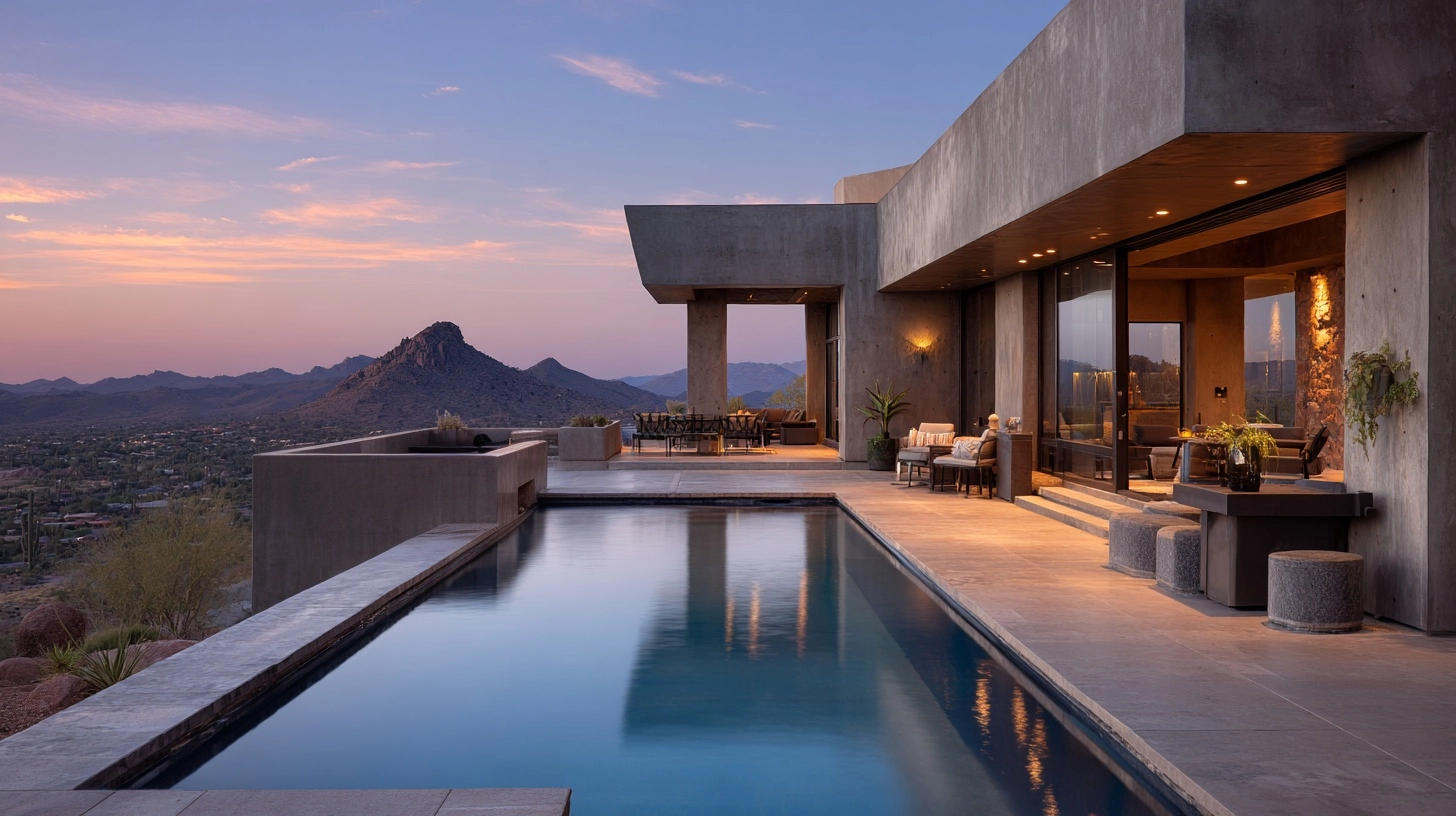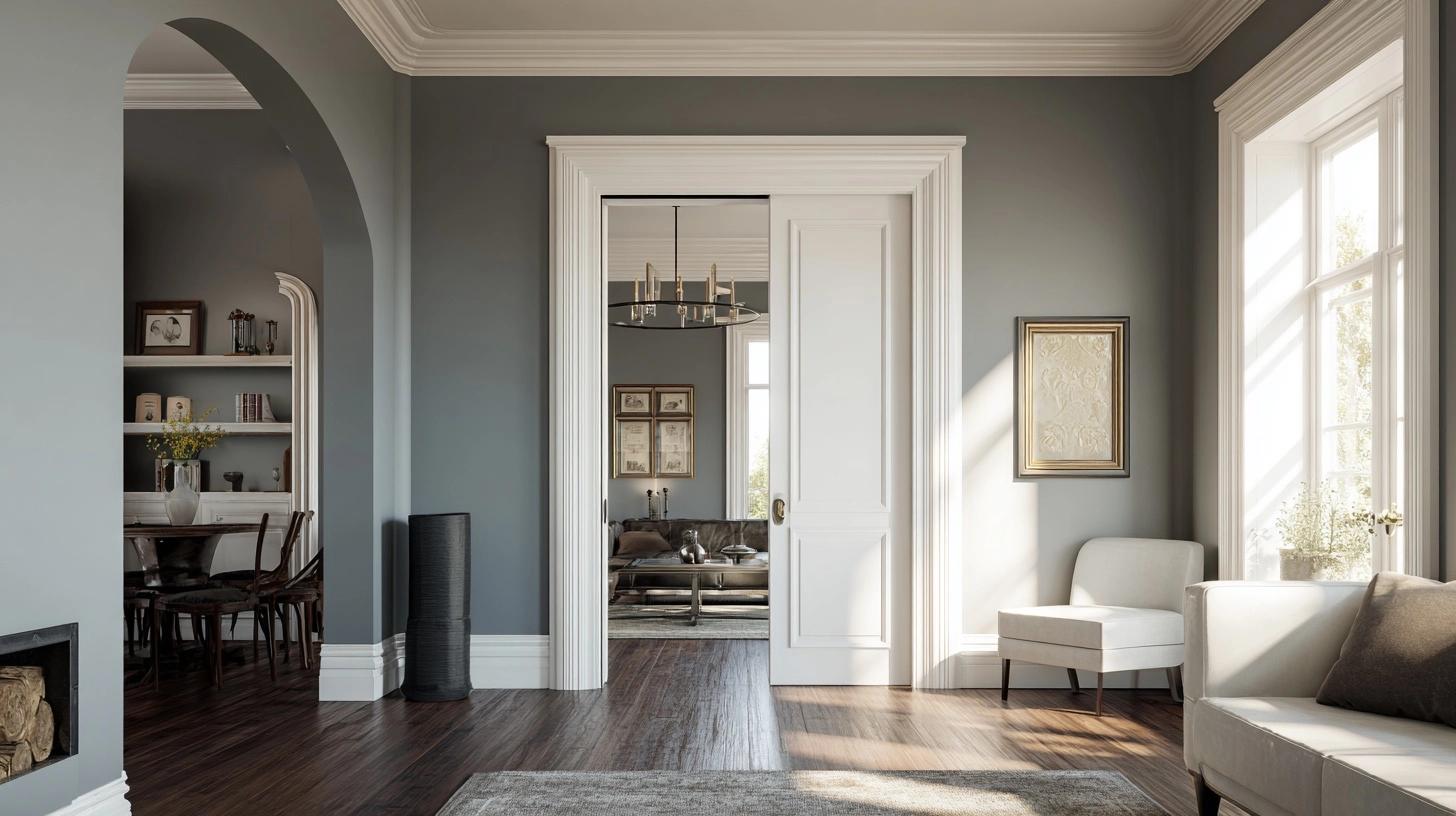
Open Plan, Defined: Why Homes Are Moving Back to Separated Zones

Smart Space Planning for Modern Arizona Homes in 2026

In the ever-evolving realm of construction, the future isn't just on the horizon—it's actively shaping the way we design and build today. As we look toward 2025, the tides of change are making themselves felt through a mosaic of new technologies, sustainability imperatives, and innovative management practices. Whether you're a construction veteran, a budding architect, or a homeowner with a vision, understanding these trends can illuminate what's next for the industry. Let’s embark on a friendly, creative journey through the future of construction management.
Picture this: a virtual model of a building that's as dynamic and responsive as the real thing, where managers and stakeholders can assess, tweak, and fine-tune plans before laying a single brick. Welcome to the era of digital twin technology. In 2025, this trend is set to redefine construction management, allowing teams to not only visualize but simulate entire project lifecycles. By mirroring real-world data in a digital mock-up, decision-makers can anticipate challenges and optimize resources. It's akin to having a crystal ball that helps drive efficiency and cut costs. Those days of guesswork? Consider them history.
As our global consciousness shifts toward ecological stewardship, 2025 sees an even more pronounced focus on sustainable construction. Green building practices are no longer optional; they're imperative. Innovations in materials like self-healing concrete, solar-integrated roofing, and zero-energy designs are not just buzzwords—they're the building blocks of tomorrow's architecture. Construction managers will be expected to weave sustainability into the fabric of every project, ensuring that buildings are as kind to the planet as they are appealing to the eye. It's a delightful fusion of technology and nature, where eco-friendliness and aesthetics go hand in hand.
The landscape of construction is preparing for a revolution, courtesy of robotics and automation. In the near future, robots equipped with AI will handle tasks ranging from bricklaying to inspections, offering precision that's hard to rival. Drones will survey sites with immeasurable accuracy, and robotic arms will assist in assembling complex structures. This robotic advance promises not only enhanced safety and efficiency but also an enticing career shift for industry professionals. By offloading repetitive tasks to robots, construction managers can focus on strategic planning and creative problem-solving, redefining roles across the board.
In 2025, the heart of construction management will beat in rhythm with artificial intelligence and data analytics. With AI-driven software, project leaders can harness predictive analytics to foresee potential obstacles, allocate resources more judiciously, and streamline schedules like never before. Think of AI as the wise, unobtrusive mentor that elevates every aspect of a project, from initial design to final inspection. But it’s not just about efficiency—it's about informed creativity. With data at their fingertips, construction professionals can transform raw information into beautiful, functional spaces that resonate with purpose.
In the world of construction, collaboration isn’t just beneficial—it's essential. As 2025 unfolds, enhanced collaborative platforms will bridge gaps and build bridges, quite literally, between design teams, construction crews, and clients. These platforms, enriched with virtual reality and real-time communication tools, foster an environment where ideas flow freely, challenges are tackled collectively, and innovation thrives. It's a collaborative canvas where everyone, from architects in Dublin to foremen in Arizona, work in harmony toward a shared vision. By breaking down geographic and disciplinary barriers, these platforms not only enhance productivity but also inspire a spirit of camaraderie and creative engagement across the industry.
In conclusion, as these trends transform construction management, they promise a future that’s as innovative as it is inclusive. By embracing these advancements, construction professionals and enthusiasts alike can look forward to a 2025 where the realms of design and construction meet more harmoniously than ever before.
Disclaimer: The content provided in this article is for informational purposes only and is not intended as financial, tax, or investment advice. JL Coates is not a financial advisor, tax consultant, or investment specialist. We recommend consulting with a professional financial advisor, tax specialist, or investment advisor to discuss your specific circumstances before making any financial, tax, or investment decisions based on this information. JL Coates assumes no responsibility for any actions taken based on the information provided in this article.



